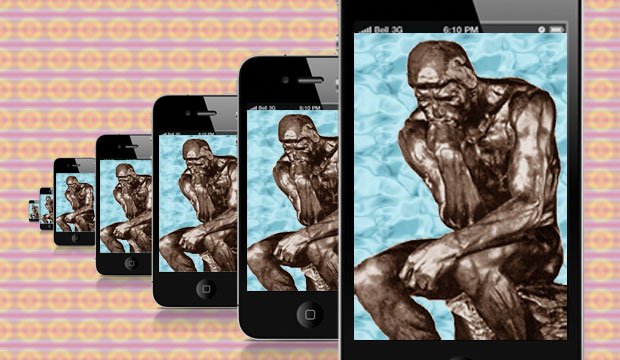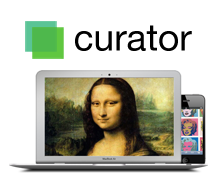What does success look like on your museum website?

Museum management thinks long and hard about making sure exhibits are well designed, enticing and thought-provoking. Executives and boards will invest heavily in the gallery and facilities, to make sure they are convey the proper impression and have all the amenities.
But while there are many beautifully done museum websites, in many cases the same elegance and grace embodied by the physical galleries and exhibit spaces is lost when it comes to a museum website. Fonts are so small they are hard to read and are in a rather ordinary typeface like Arial or Verdana. Images from the collection are too small or lack flair, perhaps due to outdated collection management software that the ever-changing Web has left behind.
This represents a tremendous lost opportunity for the museum to connect with a new audience and forge stronger connections with existing ones. A museum website can create unique interactive experiences and document conversations about ideas and culture that, if done right, might be found no where else on the Web.
How does this opportunity get lost? I think it's cultural, and by cultural I mean the organizational culture of museum professionals.
Many who work in the museum world don't appreciate technology. By that I don't mean that they don't like it. It's just the nature of the beast. I mean that, as with art appreciation, they don't have a full understanding of technology and the possibilities for engagement that it brings. This is particularly true at art museums, cultural centers and historic houses, less so at science museums. Technology hasn't been a central job requirement of museum professionals in order for them to do their work well, and people who gravitate to museum work usually don't do so for the gadgets.
What this means is that museum professionals today, particularly those in the upper ranks who make decisions about where to invest the organization's time, energy and resources, simply don't have a full perspective on the possibilities for engaging with an audience that's increasingly adept at using digital technology.
So what should success look like when it comes to a museum's website and the application of technology? Let me offer some suggestions:
- A museum website should be a gallery in its own right, captivating in its own right, and not a brochure.
- Great typography and layout design is used to honor the content contained therein. A museum website's design should honor and enhance its collection and its mission, not detract from it
- It should use a modern content management system and collection management system; ideally one in which content can be managed in one place but which flows to many different devices, both offline and on.
- That content management system should be flexible and open enough to grow and adapt over time, rather than requiring an overhaul every three years.
- It should be the central, powerful engine driving a marketing plan built to connect with people within the new digital communications paradigm
- Social media should be used, but only where it makes sense and only in ways that dovetail with the museum's mission, otherwise you may cheapen your brand
- It should conduct business: people should be able to make donations, renew memberships and then use those memberships to get discounts on event registrations and store purchases - all online.
- It should make use of industry standards that will allow content to be shared across multiple institutions.
- It should be very user-friendly and eschew fancy "feature clutter" that gets in the way of good interaction design.
- Pages should be accessible to the visually and physically impaired (just as the physical galleries are).
- It should be mobile-friendly.
- Ideally it should offer opportunities for people to interact and engage right on the site and those happenings should be recorded onsite for others to repeat the cycle of interaction.
- The site should offer features of value to people who may never set foot inside the physical museum, creating opportunities to reach entirely new audiences, thereby broadening the potential base of donors, members and "interactive patrons".
- A successful museum website shouldn't be an afterthought. It should be a vital part of the overall visitor experience, enhancing and extending what happens at the physical space.
Does this offer good food for thought? I hope so. I'm sure there are other attributes we could add. Let's talk about it in the comments.

